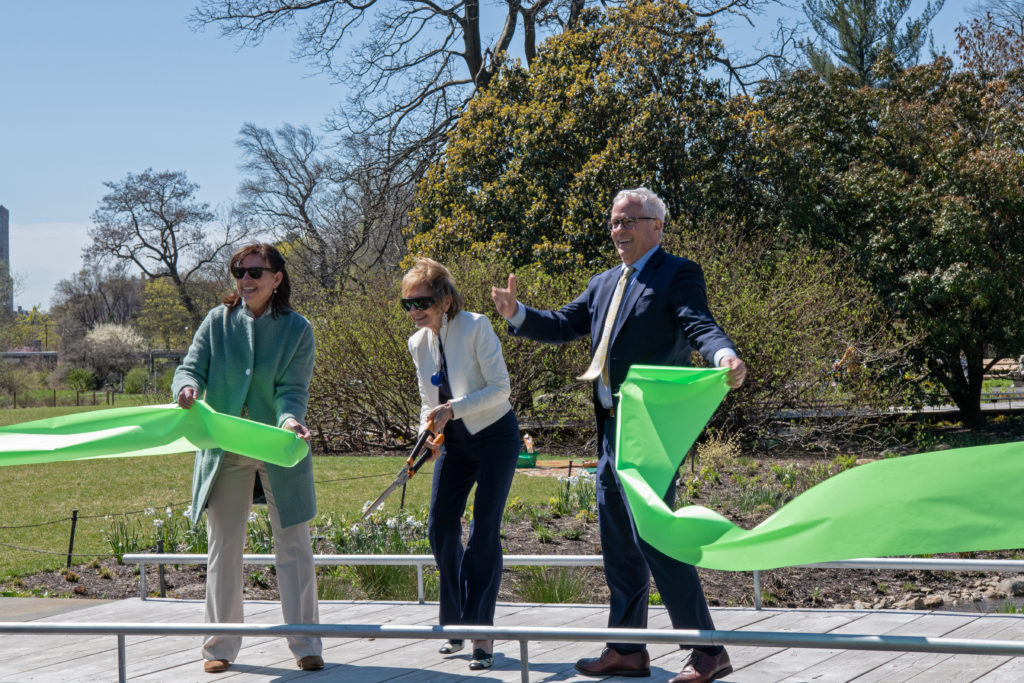Brooklyn Botanic Garden offers model to tackle city’s sewage problem

Amidst the emerging cherry blossoms, Brooklyn Botanic Garden revealed an ambitious conservation project on Tuesday that would reduce its freshwater consumption and its stormwater runoff by millions of gallons (each) per year. Its proponents say it’s a model that can take pressure off of the city’s overburdened sewage system.
The $13 million project, which is the first of its kind in North America, uses underground pipes to recirculate rainwater throughout the garden’s 52-acre watershed, reducing its water consumption by about 96 percent — from 22 million gallons to just 900,000 gallons per year.
But for Scot Medbury, president of BBG, the greater environmental impact falls on their reduction of stormwater runoff, which will be cut from 8 million gallons to 2.5 million gallons per year using state-of-the-art satellite technology.

Brooklyn Boro
View MoreNew York City’s most populous borough, Brooklyn, is home to nearly 2.6 million residents. If Brooklyn were an independent city it would be the fourth largest city in the United States. While Brooklyn has become the epitome of ‘cool and hip’ in recent years, for those that were born here, raised families here and improved communities over the years, Brooklyn has never been ‘uncool’.